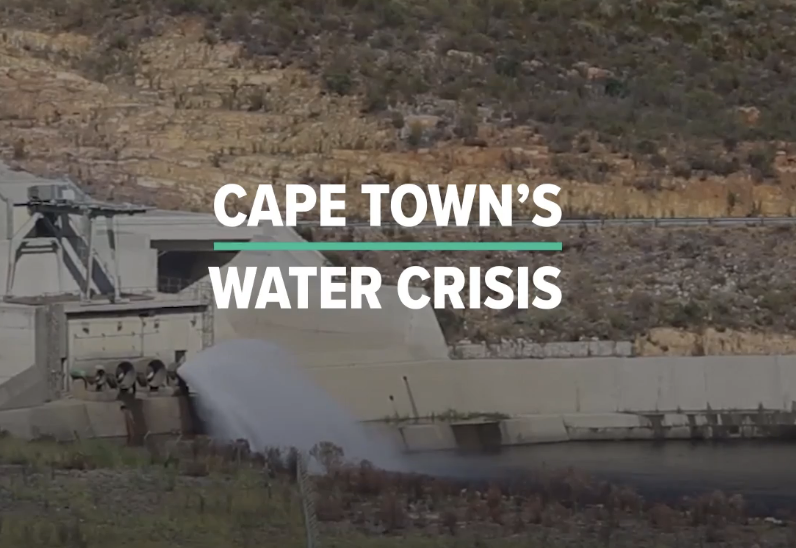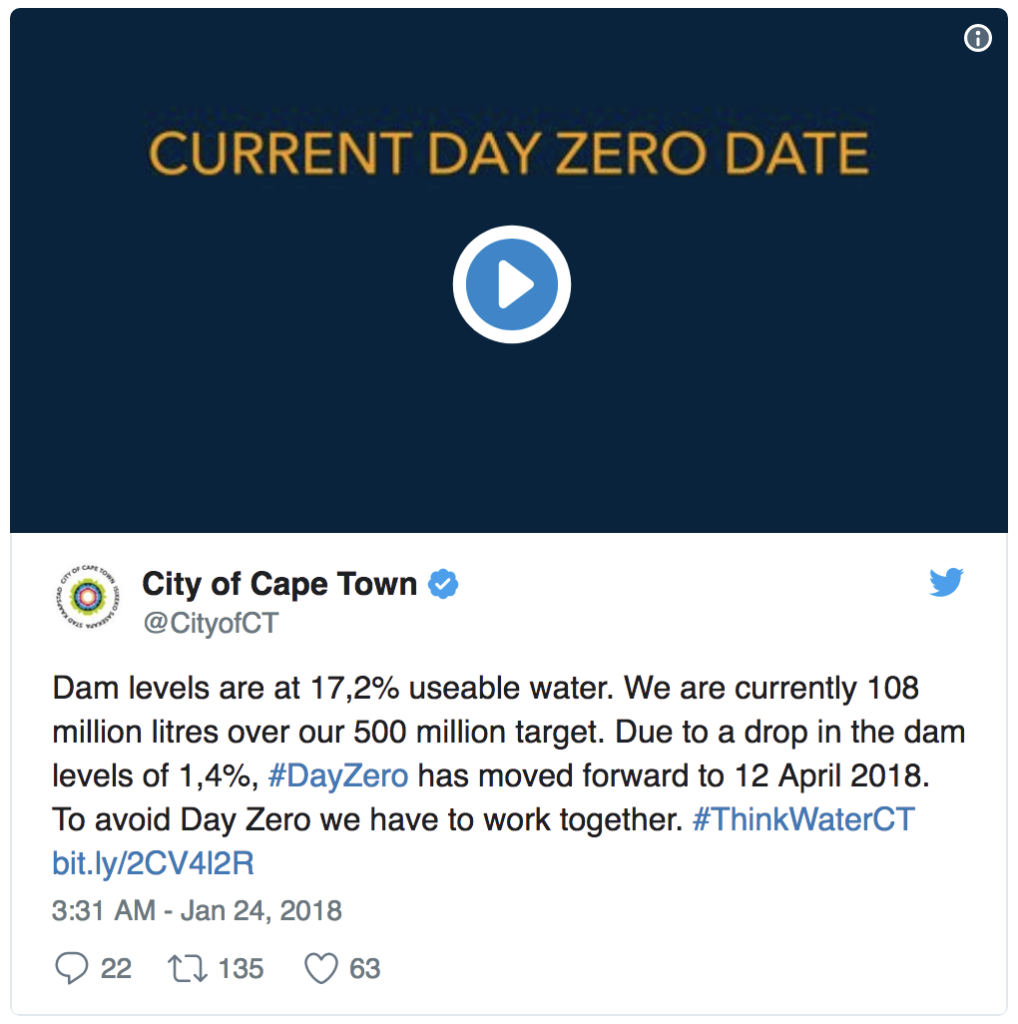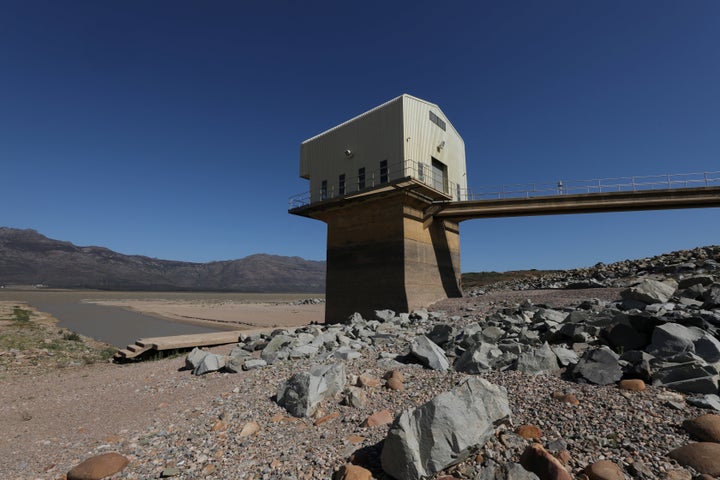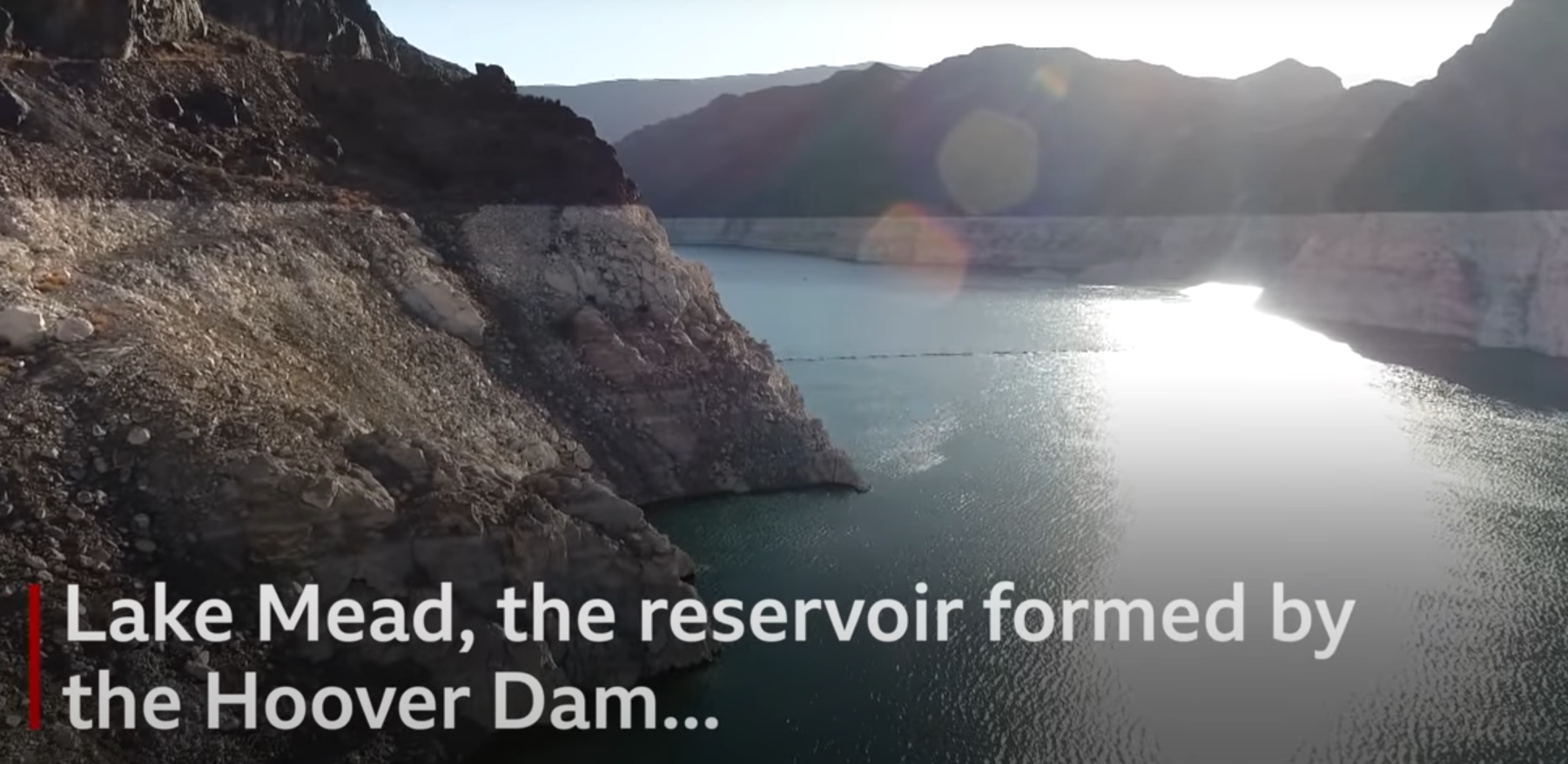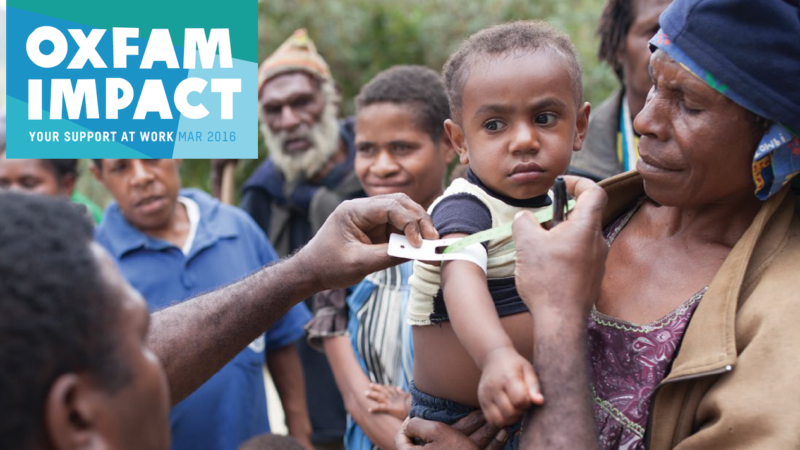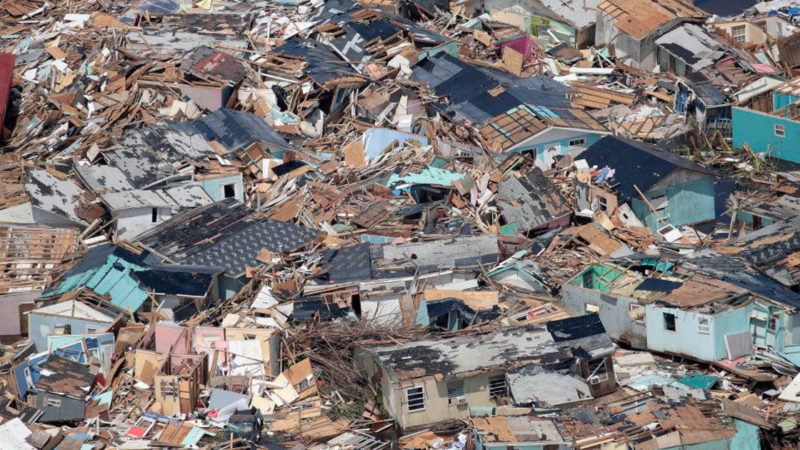“The South African city plans to shut off its water on April 12, unless dam water levels go up.”
By Nina Golgowski
Nearly 4 million people in Cape Town, South Africa, are facing a dangerous reality: Unless their water use severely drops, they will soon run out.
The city has announced plans to turn off water to all of its businesses and residential addresses on April 12, a date also known as “Day Zero,” unless its residents are able to conserve enough water.
The city fully expects to impose the emergency water cutoff, which would be the first by a major city in the developed world, NPR reported.
“Day Zero” was originally set for April 22, but officials moved up the estimated date on Monday after finding that dam water levels in the region have continued to fall, despite residents’ conservation efforts.
By Wednesday, water levels at various dams in the region had dropped, with the overall amount of usable water falling from 18.7 percent of capacity to 17.2 percent in one week, according to the city.
“As the last 10% of a dam’s water is difficult to use, the usable water in the dam is approximately 10% less than the dam level,” the city explained.
In an effort to mitigate the low levels, beginning on Feb. 1, residents will only be permitted to use 13 gallons of water per person a day for the next 150 days.
If or when the overall level of usable water drops to 13.5 percent ― which is expected in April ― residents will have to line up to collect 6.5 gallons of water per person, per day.
According to the Environmental Protection Agency, the average American uses an average of 88 gallons of water per day at home.
According to the World Wide Fund for Nature (WWF), if the city is forced to trigger the disaster plan, the water will only be turned on again when the dams recover ― which could take months, the conservation organization estimates.
